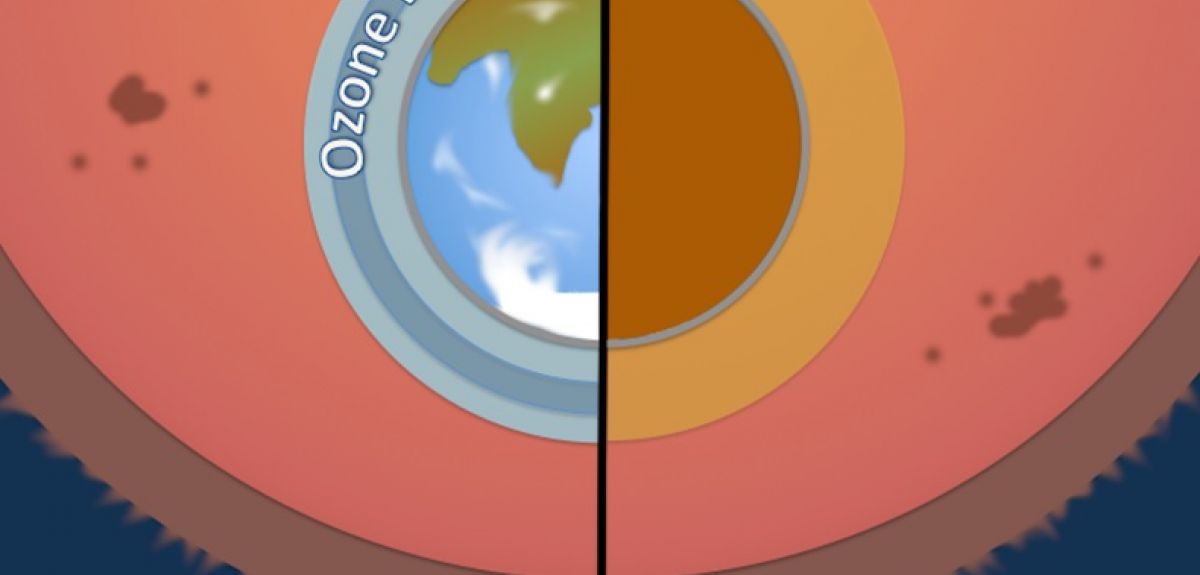
Telescope could reveal atmospheres of Earth-like exoplanets
NASA’s next orbiting telescope could tell us whether any exoplanets are habitable, according to a study by an Oxford University researcher.
Exoplanets orbit a star other than the Sun, a stellar remnant, or a brown dwarf. Nearly 2000 have been discovered to date but we currently have very little information about what they are like.
But the James Webb Space Telescope (JWST), which has been proposed as a successor to the Hubble Space Telescope for launch in 2018 and will study the universe in infrared wavelengths, could give us a first glimpse into the atmospheres of Earth-like exoplanets.
Dr Barstow, a post-doctoral researcher in Planetary Physics at the University of Oxford, presented her research to the National Astronomy Meeting in Llandudno, Wales on 8 July.
She told the audience that JWST may be able to differentiate between a planet with a clement, Earth-like atmosphere and one with more hostile conditions such as are found on our neighbouring planet Venus.
Different gases have already been identified successfully in the atmospheres of several large, hot, Jupiter-sized planets by studying tiny variations in the starlight that passes through their atmospheres when they cross in front of their parent stars.
However, these variations are miniscule: the light filtered through the exoplanet’s atmosphere is one ten-thousandth of the total starlight detected.
Studying planets the size of the Earth is an even greater challenge. Although JWST would struggle with analysing a Solar System exactly like our own, it would be capable of studying Earth-like planets around cooler stars – if such a system were to be found.
'If we took the Earth and Venus, and placed them in orbit around a cool, red star that’s not too far away, our study shows that JWST could tell them apart,' said Dr Barstow.
'Earth’s ozone layer, 10 kilometres above the surface, is produced when light from the Sun interacts with molecules of oxygen in our atmosphere, and it produces an unmistakable signal that could be detected by JWST.
'Venus, without a substantial ozone layer, would look very different. That’s assuming that planets starting out like Earth and Venus would evolve in the same way around a cool star!'
However, JWST will be used for a wide range of astronomical applications, not just detecting exoplanets, and securing time on the telescope will be highly competitive. To make these detections, astronomers would need to observe the exoplanets at least 30 times, taking valuable telescope time.
'Future telescopes that are dedicated to observing the atmospheres of many rocky planets around different stars will be required to fully resolve the question of habitability on exoplanets. In the meantime, JWST will observe many other weird and wonderful planets in unprecedented detail,' said Barstow.
Dr Barstow’s research is being funded by the Science and Technology Facilities Council (STFC).
 Expert Comment: Chatbot-driven sexual abuse? The Grok case is just the tip of the iceberg
Expert Comment: Chatbot-driven sexual abuse? The Grok case is just the tip of the iceberg
 New study finds that stopping weight-loss drugs is linked to faster regain than ending diet programmes
New study finds that stopping weight-loss drugs is linked to faster regain than ending diet programmes